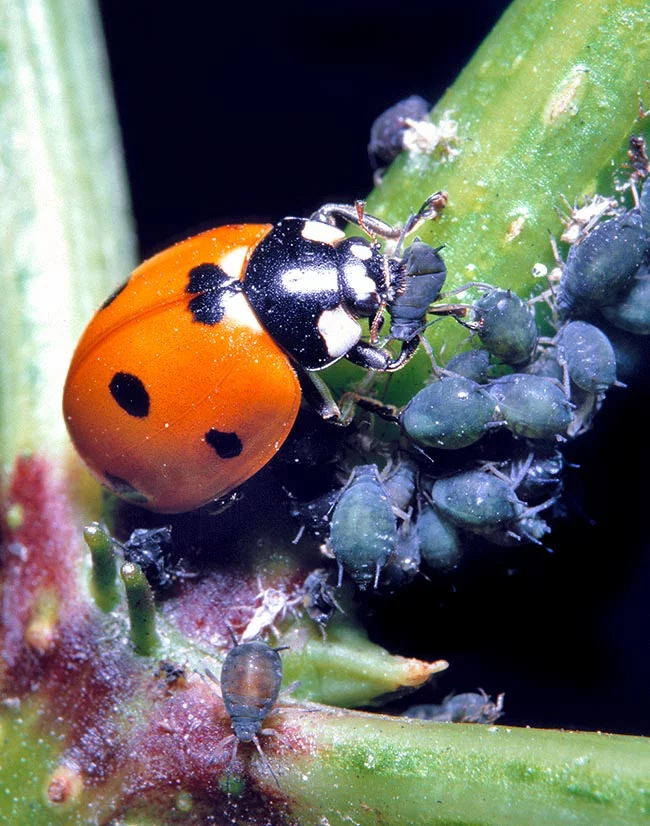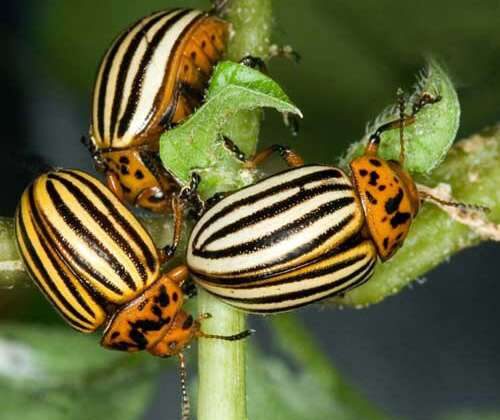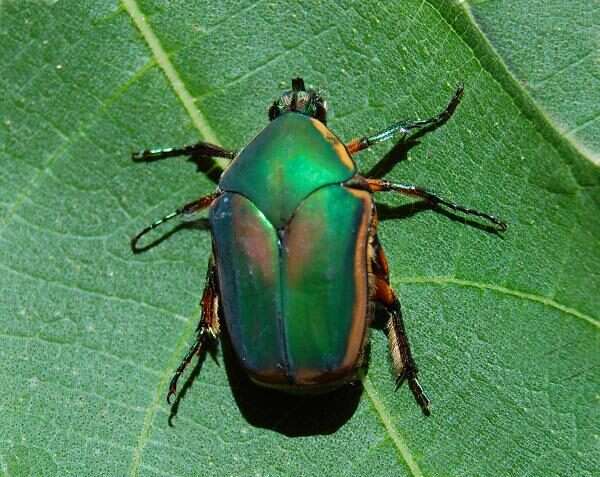
The soldier or checkered beetle species Trichodes alvearius is a member of the Cleridae family and subfamily Clerinae.
Description
A highly hairy beetle with a scutellum and black head is called Trichodes alvearius. Long elytra with brilliant red and black bands are seen. The black stripe running down the middle of the back and the red apex, which is not covered by the black terminal stain, clearly identify this species from Trichodes apiarius. It struggles to fly and instead uses its warning coloring to ward off predators.
Distribution
The western half of the Balkans, Albania, the Czech Republic, Greece, France, Poland, Switzerland, Spain and North Africa are among the countries in southern Europe where these beetles are widely distributed. In England during the nineteenth century, the species went extinct.
Diet
They actively pursue small insects, especially species of Oedemera, Psilothrix, Stenopterus, and Clytus, and eat them as well. The nest of solitary bees is where Trichodes alvearius larvae develop. They eat nymphs and larvae.
Most commonly found on flowers, especially umbelliferae blossoms, are adult Trichodes alvearius. They consume pollen and sporadic tiny insects as food.

Life Cycle
The adults deposit their eggs adjacent to hymenopteran nests or hives and the larvae feed on various stages of their hosts during the parasitic stage.
From May through August, adults can be seen on flowers, primarily Crataegus, Apiaceae and Asteraceae species, where they eat pollen. However, they aggressively seek small insects, particularly Stenopterus, Clytus, Psilothrix and Oedemera species, and include these into their diet.
Size of wings: 9.5 to 17 mm.
Table





